Watercress has long sat on the culinary fringes, more frequently appearing as a side kick than a main player on a dinner plate. That is not to say that its virtues go unnoticed. It is rich in vitamins A, C and E, as well as being a source of iron, magnesium and calcium, leading it to be dubbed a ‘superfood’.
Belonging as it does to the brassica clan that includes cabbage and mustard in its ranks, this perennial salad socks a peppery punch. Its botanical name Nasturtium officinale means twisted or wrinkled nose, although its potent flavour has not deterred consumers who have eaten it for centuries. In the medieval era, watercress was boiled in almond milk and served with cheese during Lent. Fast forward several centuries and we discover that Charles Dickens’ wife, Catherine, was particularly fond of serving watercress alongside toasted cheese.
Ancient civilisations were also aware of the medicinal benefits of eating watercress. The Roman naturalist and philosopher Pliny the Elder credited this peppery plant with being an effective treatment for anxiety, coughs and intestinal worms. Watercress juice rubbed into a bald head was said to halt the condition and even restore hair growth. Modern studies have indicated that watercress may be beneficial in fighting some types of cancer, improving eye health and assist in repairing DNA damage.
Historically there were two types of watercress – bronze and green. During the Victorian era, the bronze-coloured variety, which was considered the more superior tasting of the two and capable of withstanding cold winters, was available through the autumn to early spring.
There was also a more delicate green variety which grew from spring to early autumn. Unfortunately, bronze watercress succumbed to a plant disease known as club root. As it was propagated through cuttings, rather than being grown from seed, commercial production of this variety died out in the mid twentieth century.
“We grow green watercress now,” explains Tom Amery, managing director of The Watercress Company in Hampshire. “This variety produces seeds so we can grow fresh crops at least once a year. We harvest the beds five times between May and October. At our peak in July and August we produce 40-50 tonnes of watercress.”
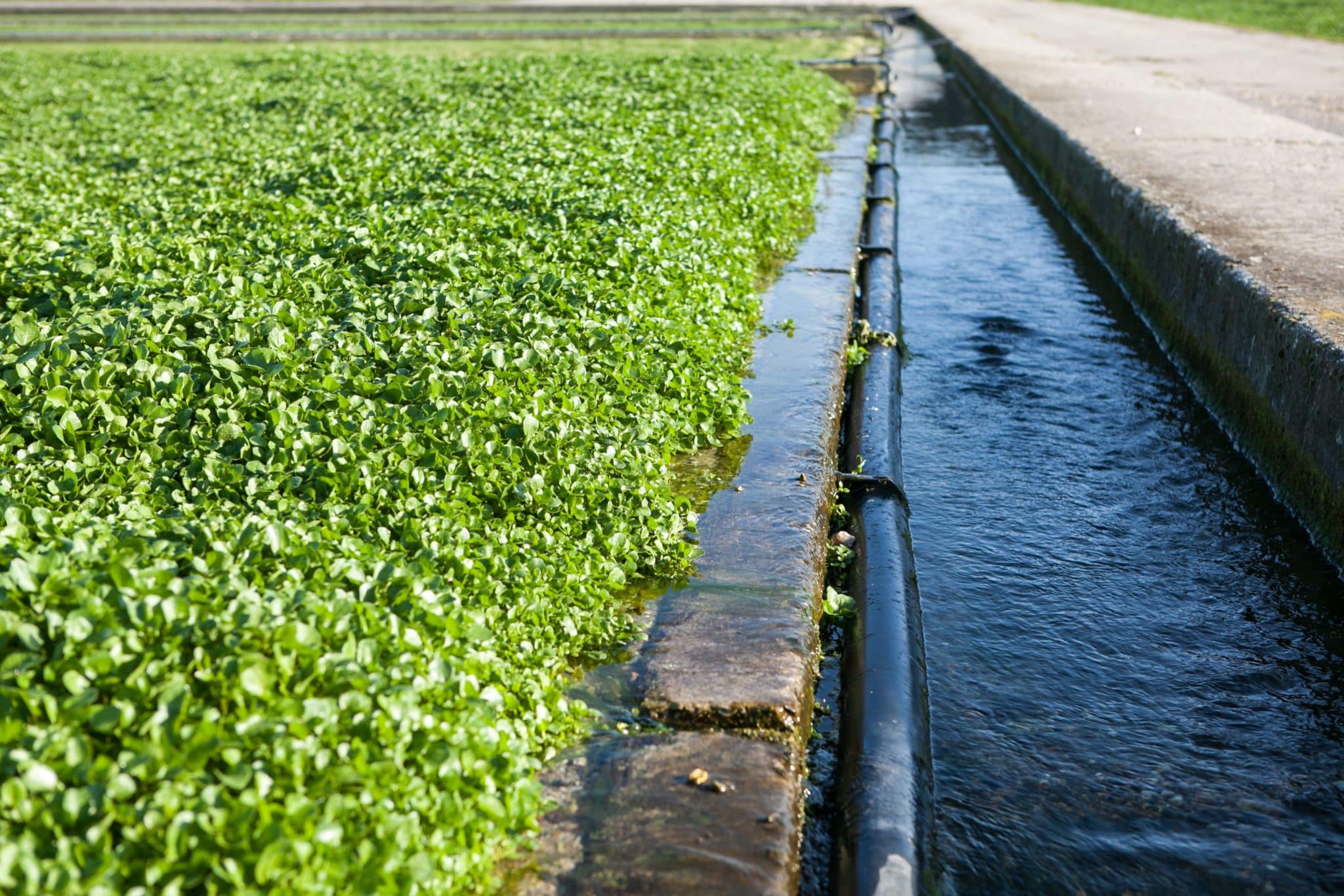
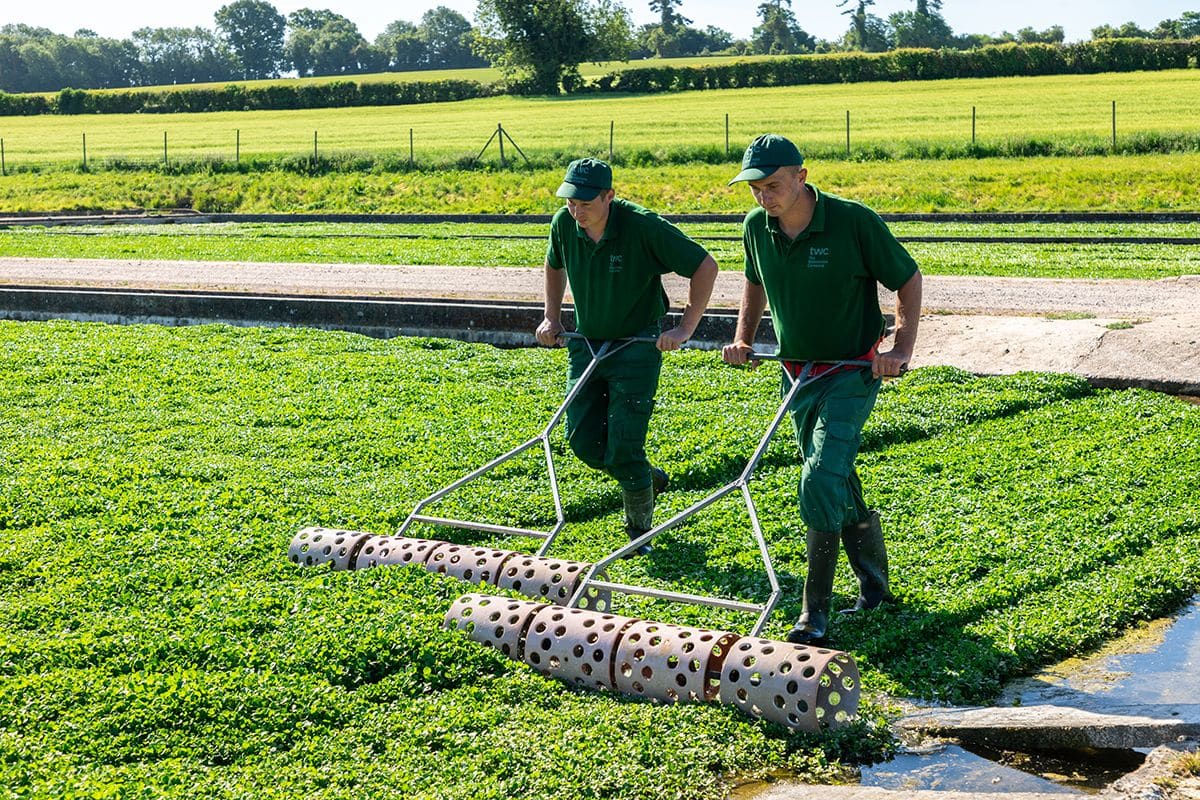
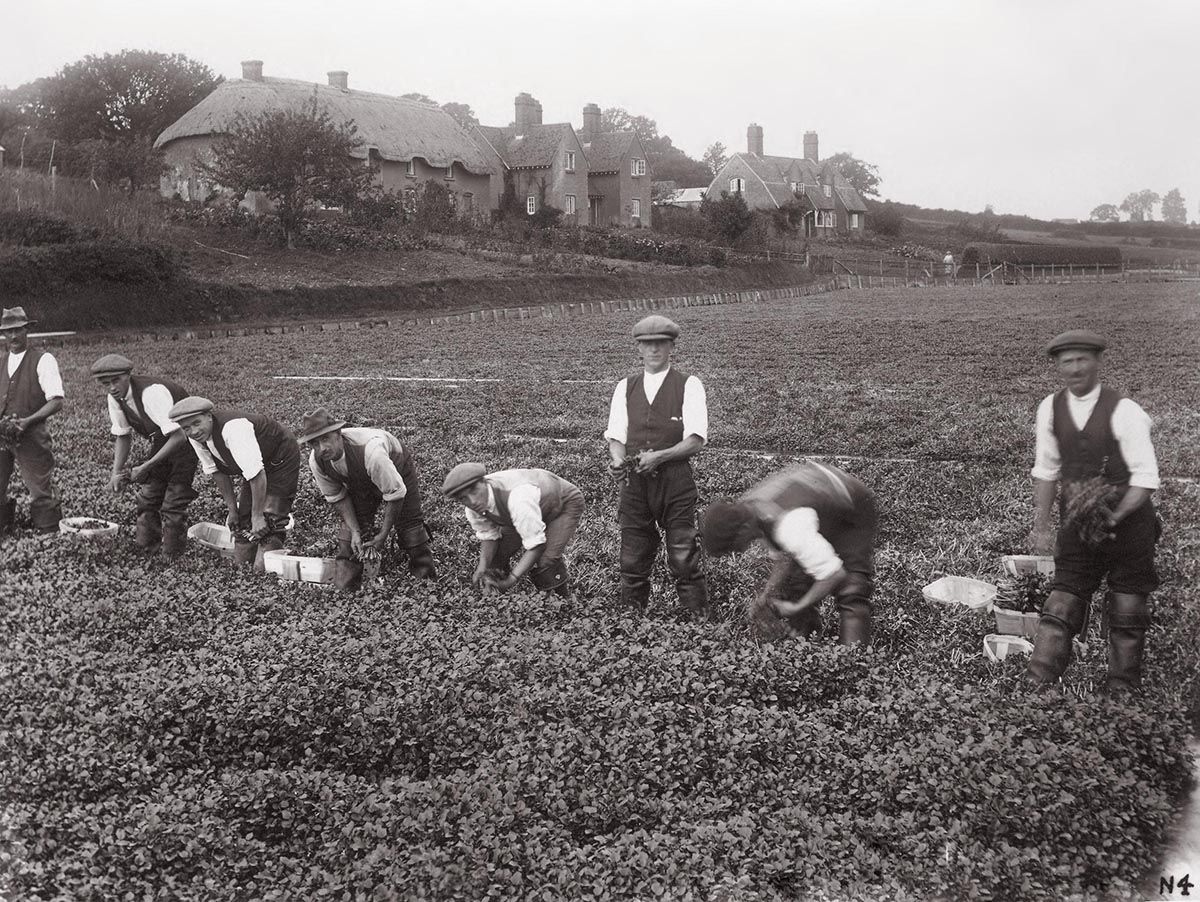
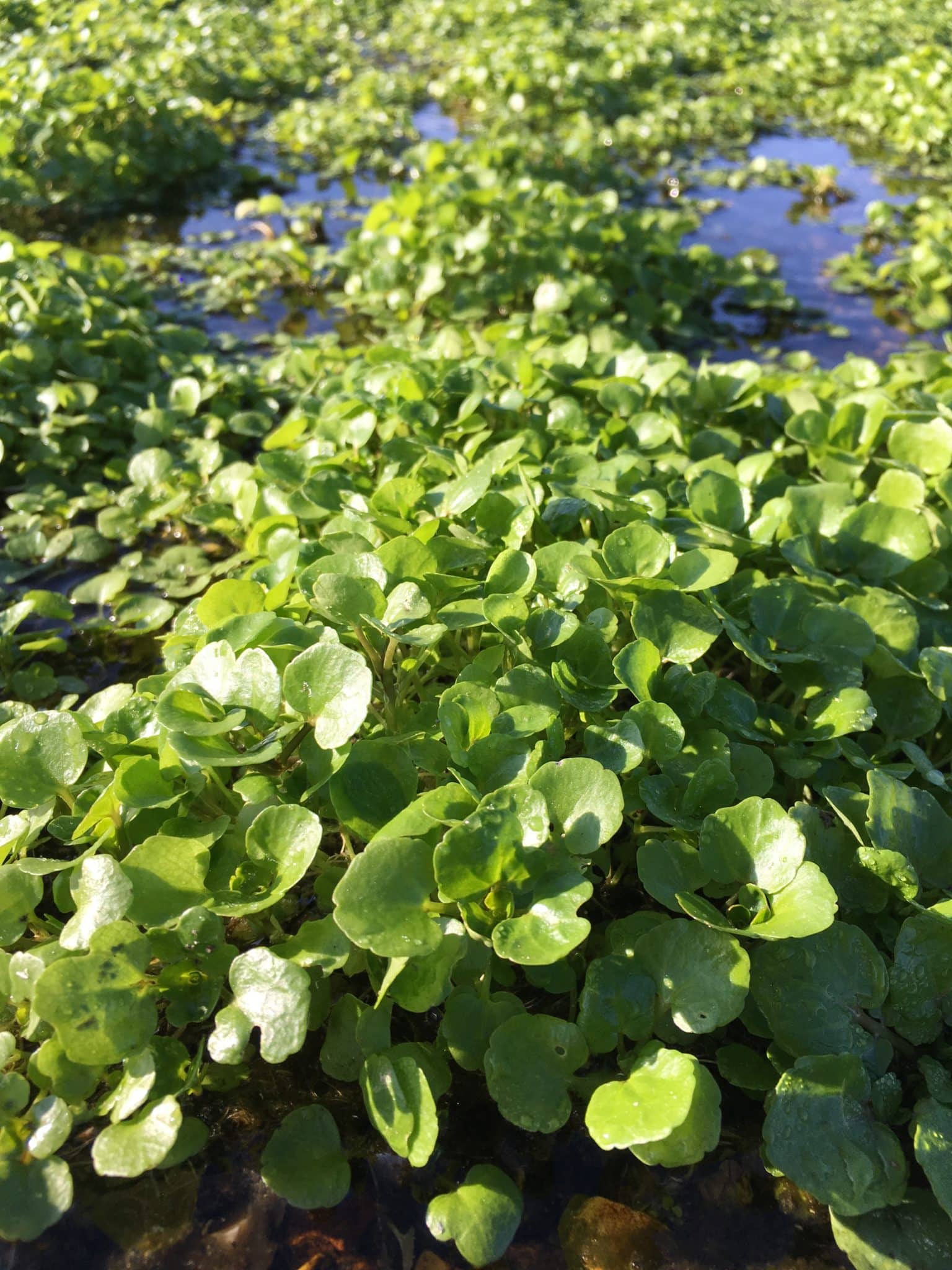
Watercress grows in running water and can still be found in the wild today. Hampshire has always had a strong association with watercress because it is situated in a chalk basin that provides a supply of crystal-clear spring water containing the essential minerals required by the plant. The chalk spring water emerges at a constant temperature of around 11 degrees, all year. This helps to protect the crop during the winter and cool it in the heat of the summer.
The rail network that was established during the Victorian era allowed watercress to be transported all over the country from Hampshire (remnants of the Watercress Line are still in operation in the county today albeit as a tourist attraction).
This meant that watercress was available to buy at markets like Covent Garden in London where it was sold to grocers, hospitality businesses and street vendors. These were generally young girls from poor backgrounds who would buy their bunches of watercress with the few pennies they could spare. The ‘cresses’ were sold to people who were on their way to work or returning home after a night shift. Most of the girls barely made enough to buy themselves a crust of bread for their efforts at the end of the day.
However, it was not a grim life for all those women involved in the watercress business. Born in 1855, Eliza James had started selling watercress on the streets of Birmingham at the age of five.
By the time she arrived in London in her mid-40s, she had six children by an abusive alcoholic (from whom she filed for divorce in 1897) but more crucially an insider knowledge of the watercress business.
In the early 20th century she set herself up in Covent Garden as a saleswoman with just two baskets of watercress. By 1912, she was reported to have made £80,000 from selling watercress and was believed to be the largest wholesaler of this salad in the city.
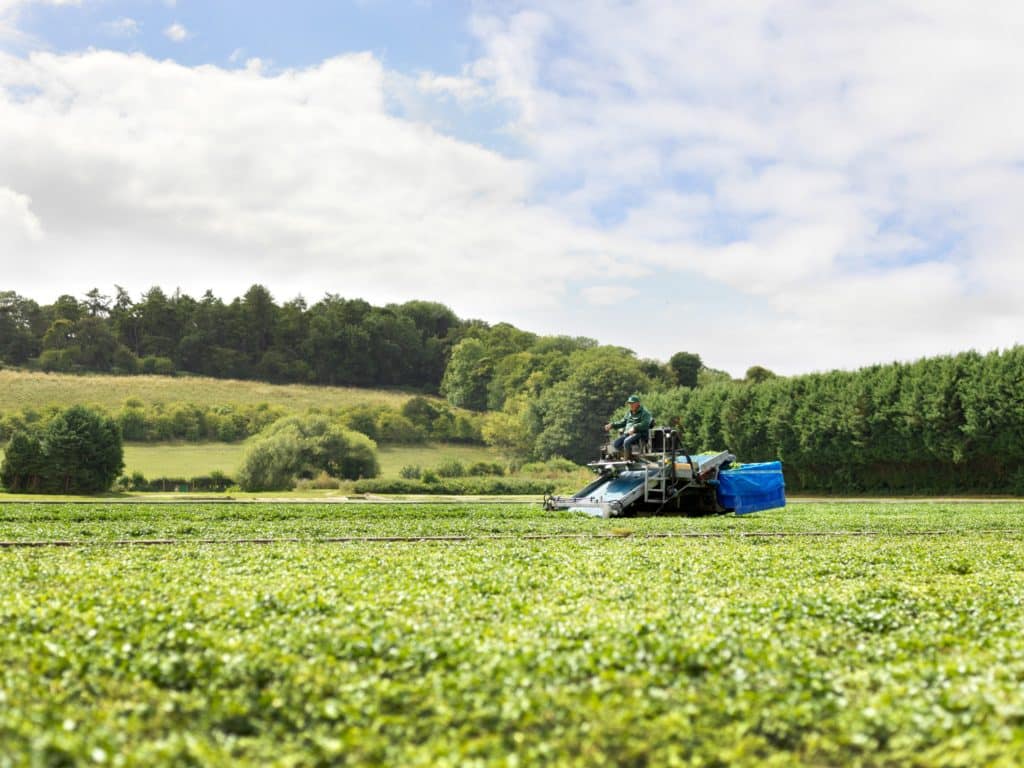
Not only did James have the lion’s share of the watercress market, supplying most of the city’s restaurants and hotels, she also owned several watercress beds in Hampshire. Dubbed the Watercress Queen, when she died in 1927 a wreath of watercress was laid on her grave.
Her son, Edwin, continued the business and registered the Vitacress trademark in the 1930s, which is still in use today, although Edwin’s family no longer have an interest in the company. In fact, Vitacress continue to grow watercress on the very beds that Eliza farmed in the early 20th century, as well as now producing ready to eat salad leaves, fresh herbs and vegetables.
So why has the popularity of watercress endured for so long?
“There is no other natural product that is so good for you. In an age where healthy eating is top of so many people’s agenda, watercress ticks all the boxes including taste,” says Andy Roberts, UK watercress planning and quality manager for Vitacress. “There are so many ways to use it. However, I have always been convinced that the best way to eat watercress is with cheese in a sandwich.”
Watercress factfile
In season: Summer, April-October.
Health benefits: High in vitamins A, C and E, source of iron, magnesium and calcium.
Good with: Alongside mackerel pate, in a salad paired with orange, or in a cheese sandwich.

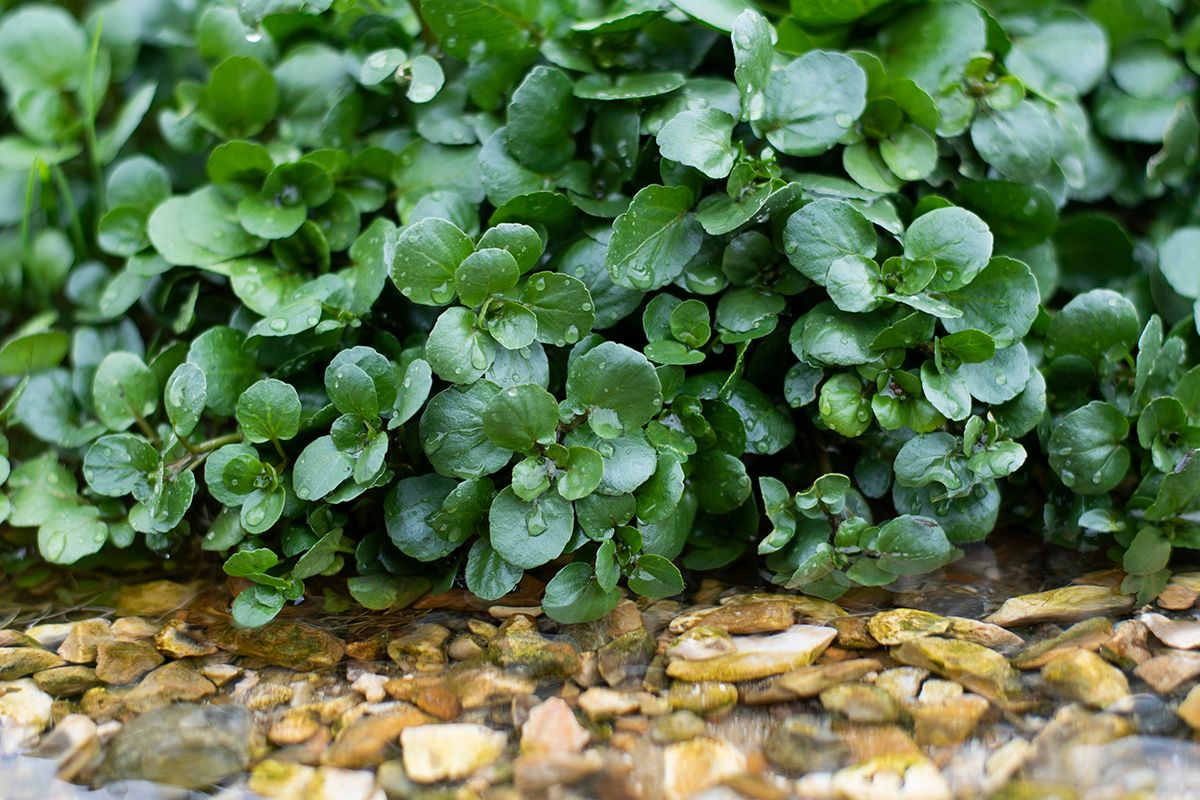
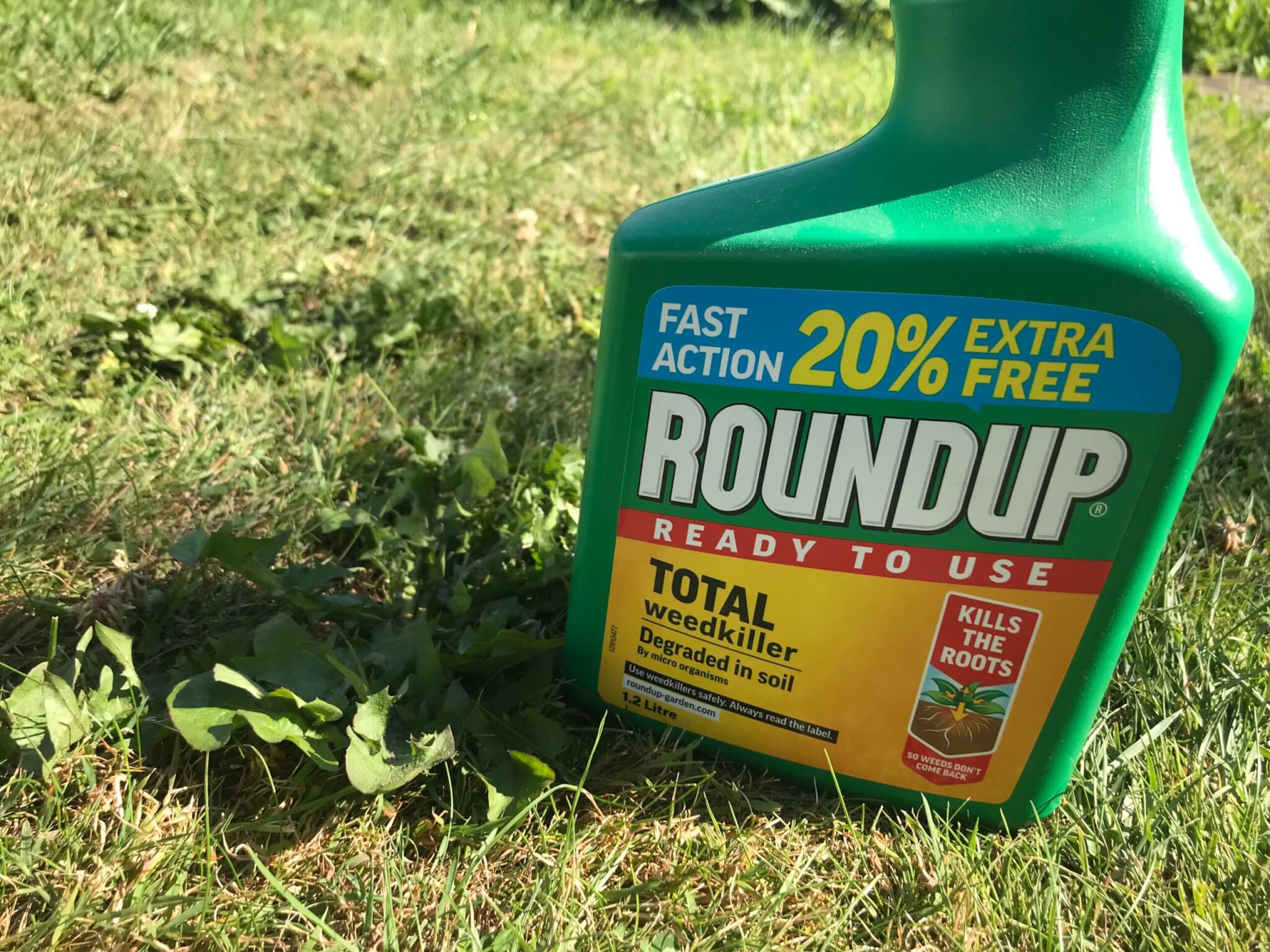

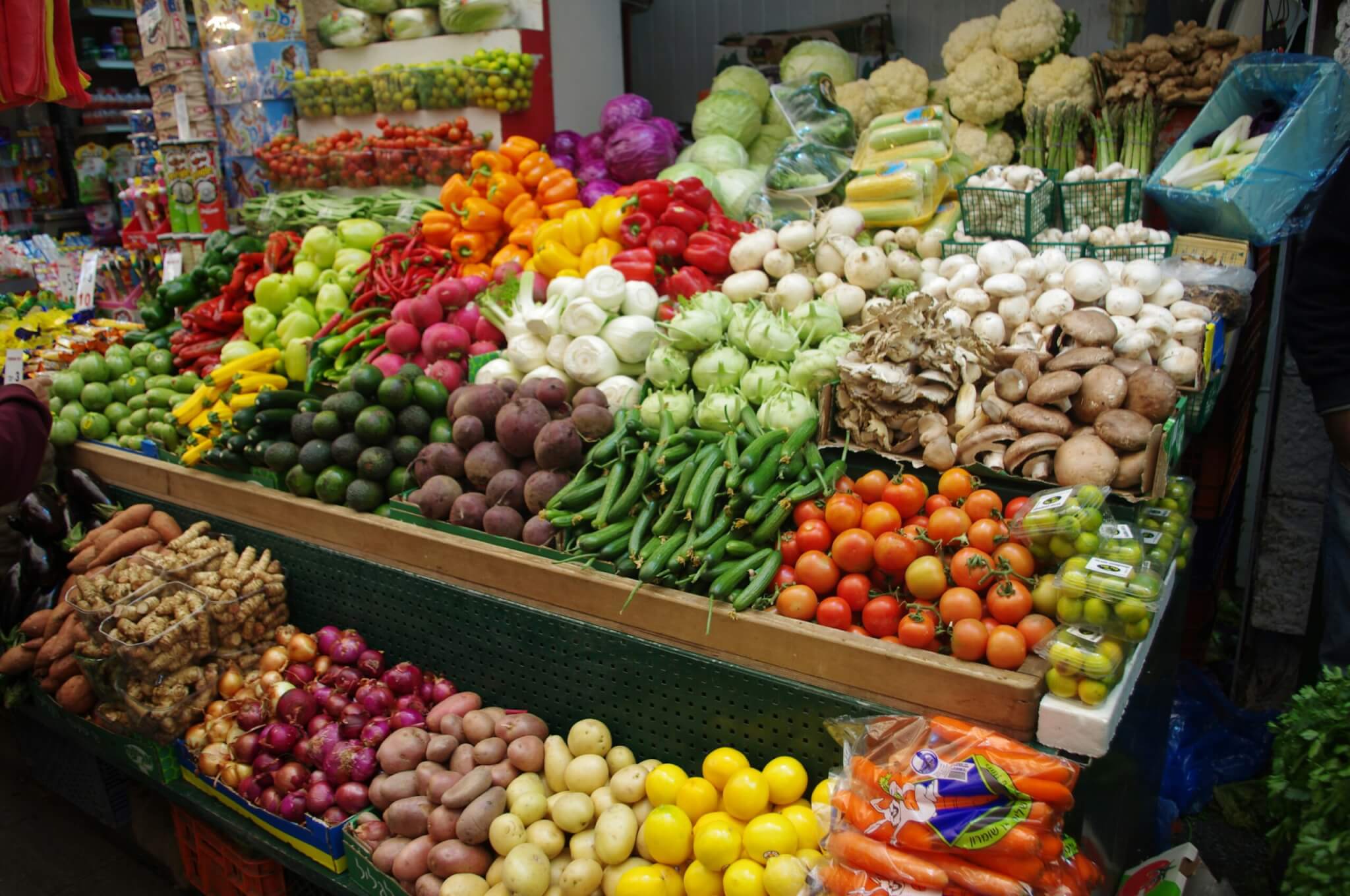




Before I became gluten intolerant, my weekly treat was always a watercress sandwich. Nothing with it except butter. Unfortunately, gluten free bread is not very nice unless it’s toasted and that’s just not the same. I still eat watercress but not in a sandwich.
That sounds delightfully simple. What do you use it in now?
Quick reminder to any newcomers, not to forage wild watercress. Cultivation uses crystal-clear water from which no animals are allowed to drink. There is a risk of picking up Liver Fluke via springs or streams open to sheep, wild boar, etc.
https://www.theoldie.co.uk/article/beware-the-liver-fluke-simon-courtauld
Thanks for this tip, sparclear. How do commercial cultivation ensure it’s crystal clear, must be hard to avoid all contamination upstream?
Jack, you can see from this guide that it’s usually “grown in gravel beds with pathogen-free flowing water, commonly sourced from underground aquifers.”
The favourite brand uses a chalky range of spring water fed ponds in Wiltshire.
http://www.foodlaw.rdg.ac.uk/pdf/2016-Watercress-Guide-Draft.pdf
Interesting! Thanks